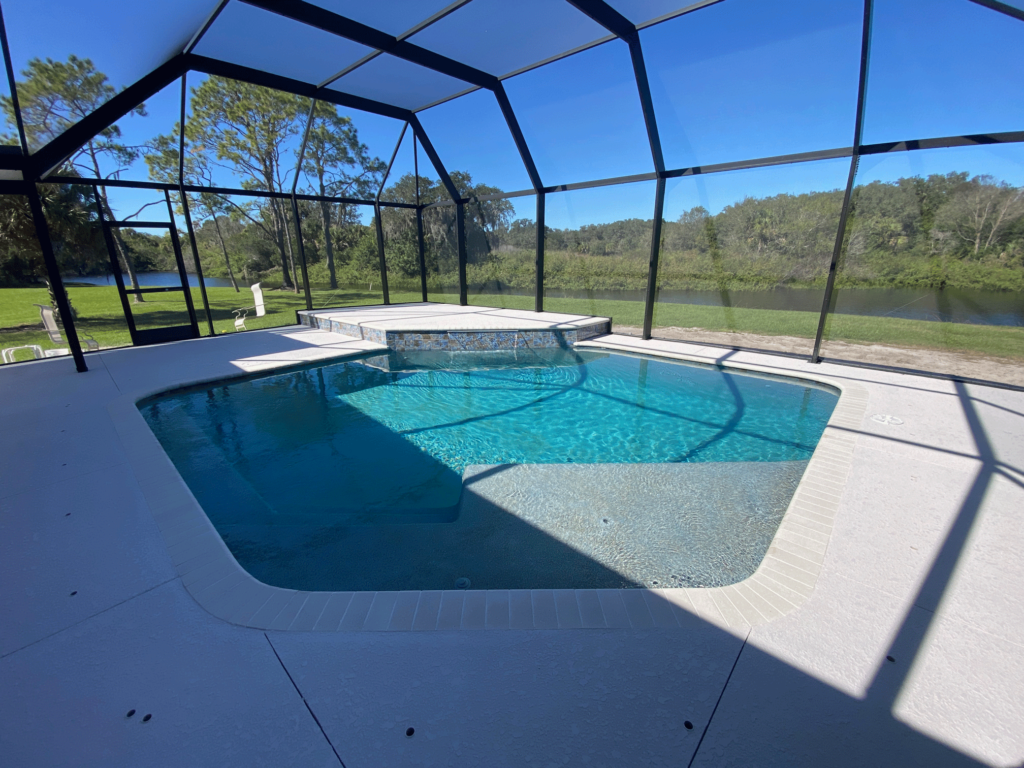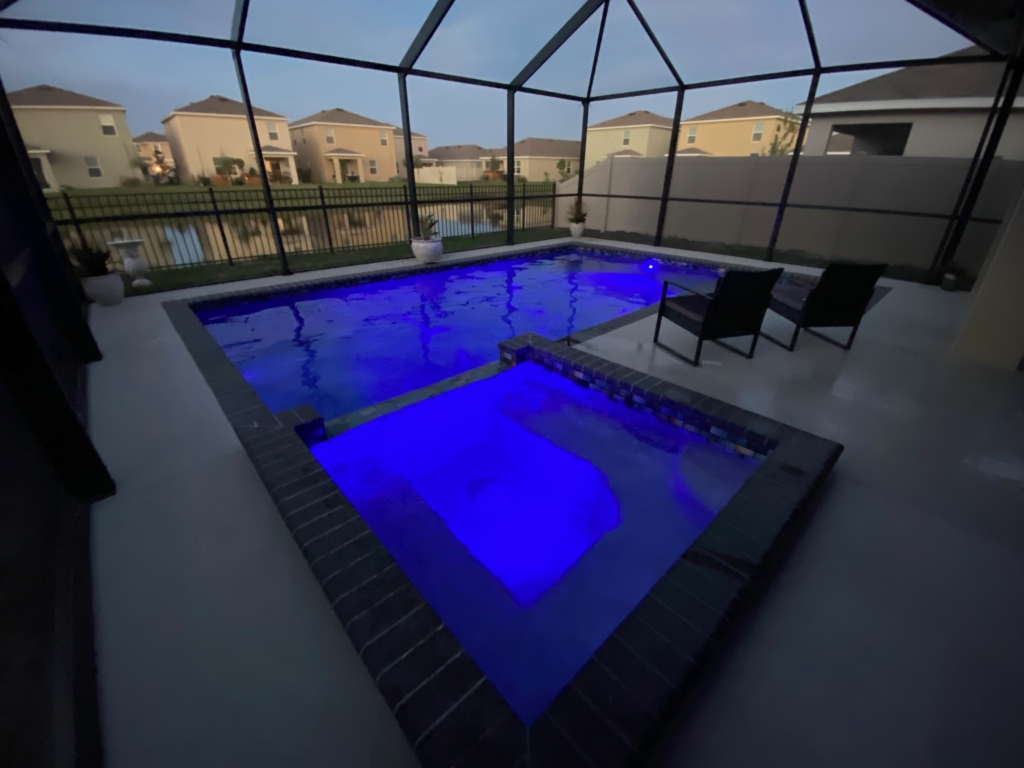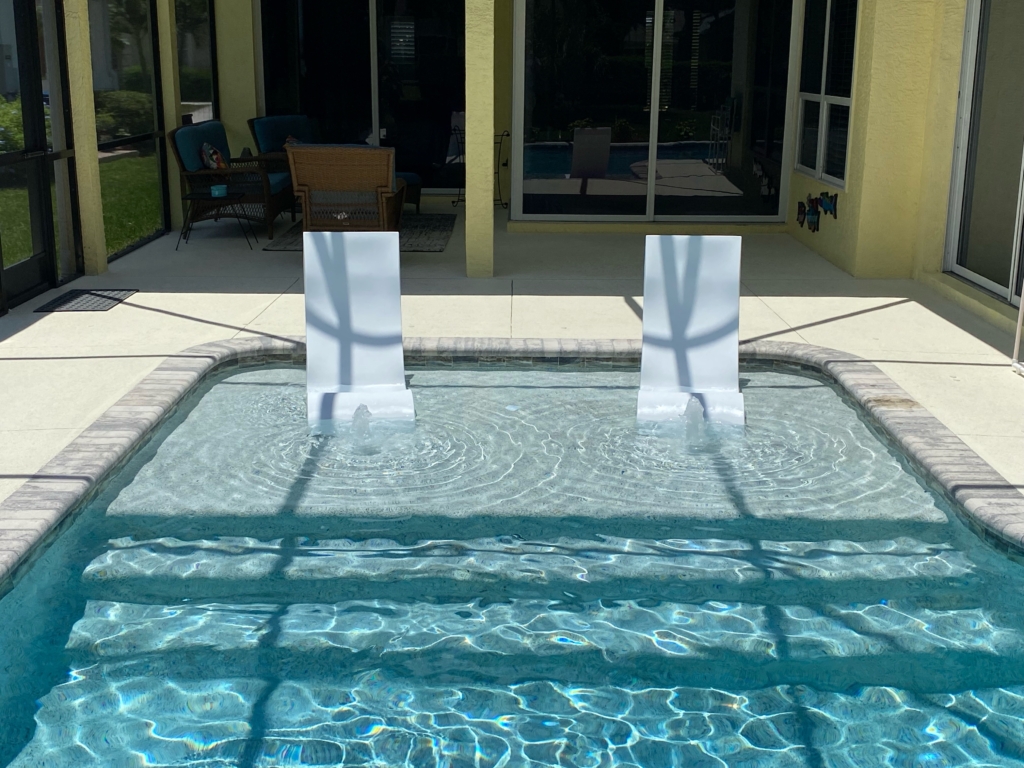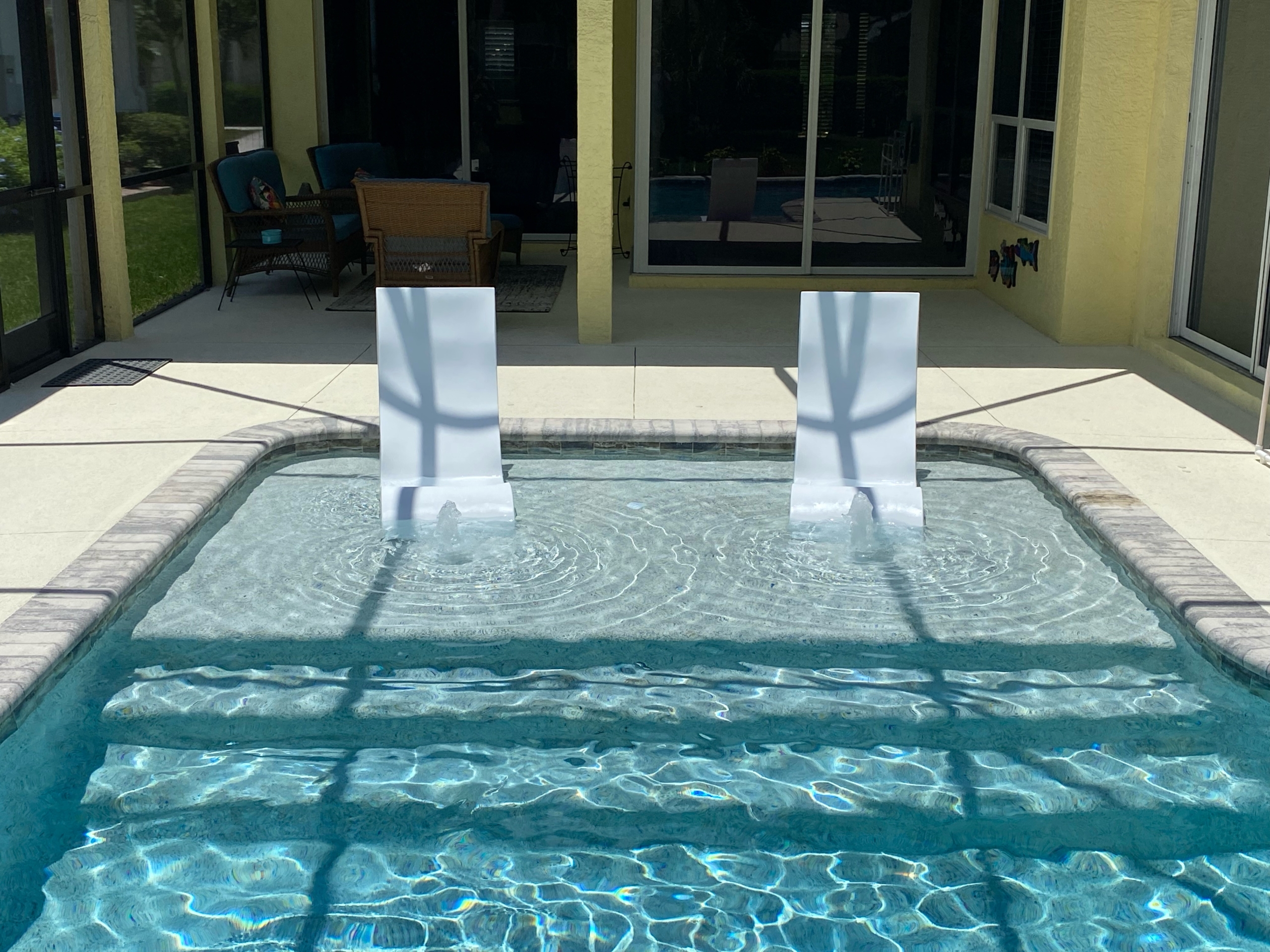What’s New in Pool Design?
Like the homes they are usually attached to, swimming pools come in all shapes, sizes and styles. And seldom is there a shortage of new pool designs and water purification technologies advancing through the new products pipeline. But the essential truth about swimming pools in Florida always remains the same. Having one in your backyard is more than a mere luxury. Instead, swimming pools in the Sunshine State are widely viewed as an essential household amenity given the state’s notoriously long and scorching hot summers.
To spot the latest trends in pool design one need look no further than Lakewood Ranch, home to one of the largest and most acclaimed collections of new homes and lifestyle neighborhoods in the U.S. Indeed, Lakewood Ranch—which inhabits the eastern flank of both Sarasota and Manatee Counties—has been the country’s top-selling, multi-generational community for the past six consecutive years. Indeed, virtually any new trend in pool design, construction and maintenance is likely to be on ample display inside Lakewood Ranch.
Here are just a few we can confirm from our visit:
Small is “in.”
Think you haven’t the space for a pool? Well think again. Not having enough yards in your yard is no longer a deal-breaker. Smaller in-ground pools are “in” and can be designed to fit almost any space.
Sometimes called “Plunge Pools,” these compact designs are an excellent fit for people who simply want to enjoy a refreshing dip on a hot day, rather than swim laps or host big splashy pool parties (pun intended). Moreover, smaller pools can be designed to fit almost any budget and are typically the least expensive to build and maintain.

Geometric Shapes
One of today’s most popular trends in pool design isn’t new at all. There has been a resurgence in the simple, geometrically shaped pools that once ruled the day. Simple square or rectangular pools are easiest to build, can be designed to fit almost any space, and pair exceptionally well with every style of architecture. Moreover, with only a modest amount of landscaping and decor, you can create the ideal setting in which to relax and cool off.
Bolder colors.
Most of us are conditioned to believe that pools must always be rendered in lighter shades of blue. After all, these soft cerulean tones have long symbolized cool, clean, refreshing water—never a bad thing for swimming—and thus remain the most sought-after paint colors. Still, today’s more angular pools cry out for a broader palate of bolder colors that can better accentuate their sleek lines and crisp geometric shapes.
Recent trends have included such shades as Graphite, Silver Grey, Sandstone, Midnight Blue and yes, even various shades of black. Traditionalists can still have their blues but can now opt for more dramatic shades, which generally create a more natural and refined look. Keep in mind that pool colors change character throughout the day depending on sky and surface conditions, water depth, and position of the sun. Darker tones can also cause the pool to absorb more heat—especially when exposed to hours of direct Florida sun. Thus, it is never a bad idea to seek guidance from a painting contractor or pool expert before committing to a bold or unusual color.
Water features.
There are always new types of water features to dress up your pool and make it a more inviting place to cool off and unwind. These include vertical and cascading fountains, grottos, waterfalls, bubblers and rain curtains all of which are pleasing to the eye, soothing to the senses and often drown out unwanted noise.
Fire and lights.
Nothing spices up a pool’s nocturnal ambiance quite like fire and light! By fire, we mean such fixtures as fireplaces, fire pits and torch-like accents. These can be fueled by wood, gas or oil, depending on your preference. By lights, we mean fixtures as simple as portable lanterns placed at poolside, solar lights to illuminate landscapes and walkways, and strands of light festooned throughout the trees. Floating lanterns—when the water is calm and no one is swimming—add a nice touch to your nighttime pool.

Tanning Ledges
Remember when you used to drag your favorite beach chair (the one with the double beverage holder) down to the water’s edge and plant yourself in the shallow surf? Well, tanning ledges—also known as Baja Shelves—produce that same mystical experience, but without all that pesky sand getting into everything. Only inches deep, tanning ledges can be outfitted with molded loungers and other forms of seating that enable you to leisurely soak in safe, shallow water while you soak up the sun.

Infinity Pools
Although infinity pools—also known as “zero edge” or “vanishing edge” pools—are nothing new, they continue to captivate buyers with their sleek contemporary designs and stunning visual effects. Infinity pools, which revolutionized pool design, capture the eye with their placid surface waters giving way to waterfalls on one or more sides. Often built to take advantage of a home’s distant scenic view, an infinity pool creates the illusion of its waters blending seamlessly with the horizon—thus adding another element of opulence and sophistication to the property.
Saltwater Pools, et.al.
Saltwater pools have also been around for years, but the trend has only recently gained major traction with home buyers and pool builders.The bio-friendly nature of saltwater pools—coupled with their lower maintenance requirements—makes them an attractive option for pool owners seeking a gentler, more natural swimming environment. Through the process of electrolysis, salt turns to chlorine, and can be regenerated again and again.The chief difference between chlorine and saltwater systems is that saltwater pools produce reduced amounts of chloramines, the by-product of chlorine that smells so bad and causes skin and eye irritation. Consequently, saltwater users report a softer, silkier feel to the water. Meanwhile other trending systems that will also lessen your reliance on chlorine include:
- Mineral Pools, in which user-friendly minerals like magnesium chloride, sodium chloride, and potassium chloride are introduced into the system to neutralize bacteria and reduce your pool’s reliance on chlorine by half.
- UV Systems, in which germicidal UV light rays (from special bulbs) are aimed at water cycling through your pool’s filtration system to disrupt the growth and kill off such organisms as algae, bacteria and viruses. Unfortunately, these minerals aren’t quite as fast-acting as chlorine, so you must still use chlorine (in smaller amounts) to sanitize water that isn’t presently being treated by the UV rays.
- Ozone Systems generate ozone gas, which is fed into the filter line, where it destroys any impurity it encounters, thus reducing the amount of chlorine that must be used to keep the pool completely sanitized.
Smart pool technology
Thanks to new and emerging technologies, our smart homes have been joined by smart pools that can light, heat, and even clean themselves. With the touch of a button from their smart phones, tablets, or PCs, homeowners can remotely control their pool’s temperature, lighting, water features and other processes and measurements that ensure optimal functioning. Automatic sensors will alert homeowners when the water level drops too low. Or too high, as is often the case after periods of persistent rain.


Comments